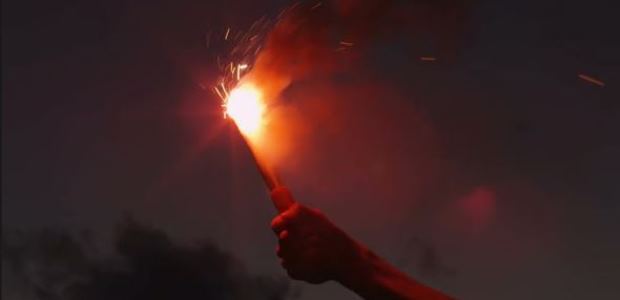
USCG Researching LED Devices to Replace Distress Flares
The Coast Guard's Research Development, Test and Evaluation Program has been researching the suitability of light emitting diode (LED) devices as effective distress signals.
The U.S. Coast Guard is researching the suitability of using light emitting diode (LED) devices as distress signals, rather than distress flares, according to a recent article written by Loretta Haring of the Office of Strategic Planning and Communication, Acquisition Directorate. She explained that USCG is conducting the research through its Research, Development, Test and Evaluation Program because pyrotechnic distress signals are old technology with significant drawbacks.
They are a safety hazard for people not trained in their use, and expired flares can create environmental hazards through leaching chemicals when disposed of in landfills or at sea, Haring wrote, explaining that the Coast Guard offices of Search and Rescue, Auxiliary and Boating Safety, and Design and Engineering Standards, Lifesaving and Fire Safety Division have been working on this.
The Coast Guard Research and Development Center (RDC) in New London, Conn., launched a multi-year project to develop a signal characteristic that could be used as an alternative to pyrotechnic flares.
"The advancement of Coast Guard missions to enhance maritime safety, protect the environment, and provide better electronic visual distress signal devices for recreational boaters that are safer to use for search and rescue and allow easy recycling of batteries were the drivers for this project," said Martin Jackson, a staff engineer working on the project. "RDC was the one place with the necessary expertise to assess the field of signal devices; test alternative signals; establish the critical characteristics that enhance visual detection, particularly for the recreational boater; and increase the probability of rescue in a distress situation."
Haring's article said the project "initially emphasized finding the right combination of conspicuous, nighttime, visual characteristics that could meet or exceed that of traditional signals. After a series of laboratory and field vision-research tests that included many colors and flash patterns, the project team recommended a group-flash, alternating cyan and red-orange color, 4 hertz characteristic."
"It was interesting to learn that at six miles, most observers thought a red flare looked like a vessel sidelight, while they easily identified the cyan and red-orange characteristic," said Project Manager M.J. Lewandowski, who works in the Environment and Waterways Branch at RDC. But after Coast Guard aviation representatives pointed out that the ideal visual signal might not be good for searchers using night-vision imaging systems with "minus-blue" filtering, an additional field test developed a near-infrared component to the characteristic, allowing full night-vision imaging system detectability.
USCG's Office of Design and Engineering Standards requested that the Radio Technical Commission for Maritime Services create a special committee to develop a standard incorporating the new signal characteristic into a producible device, and the resulting standard on electronic visual distress signal devices was published June 21, 2018, by RTCM.